When you see a little blue bird, what’s the first thing that comes to mind? If you’re an active social media user, it’s probably Twitter. Since March of 2006, the distinctive emblem coupled with its bright blue hue, has become widely recognized.
However, Elon Musk, Twitter’s newest owner, has changed its branding – a logo and name that’s stuck with the company for the past 17 years. Now, it’s just X with a white “X” logo inscription on a black background. Musk also altered Twitter.com to X.com.
Before Musk’s ownership, Jack Dorsey, Evan Williams, and Christopher Stone were the company’s co-founders. During this time, the logo was only changed three times. While Dorsey and his colleagues were no strangers to controversy, Musk’s recent rebranding has sparked debate about whether this was a logical choice – and the legality of it.
Trademarking the Alphabet
Because the logo is just the letter “X”, trademarking is tricky. Nondescript marks, which include letters and numbers, are trademarkable but require substantial proof for acceptance. The most important thing to prove is that the mark is distinctive enough from other businesses’ trademarks. The letter or number must give a second meaning (apart from the original) associated with a business or organization. If it’s too general, the chances of acceptance are slim.
Potential Complications Ahead
According to the United States Patent and Trade Office (USPTO), trademarks protect a business’s name, logo, and designs related to its products or services. It also stops other businesses from using your name in any form of fashion. This is where things get tricky.
Take McDonalds™, for example. Kantar reports that the fast-food chain is one of the world’s most valuable businesses, coming in 5th place after other large companies like Google and Amazon. Despite its size, the name wouldn’t be protected without a trademark. The company also owns the rights to the golden arches logo and the phrases “Egg McMuffin,” “Happy Meal,” “McNugget,” and more, making these designs and terms off-limits for others in the restaurant industry.
If another business were to market or profit off these terms in any way, they would be committing trademark infringement. According to the USPTO, this is an “unauthorized use of a trademark or service mark on or in connection with goods and/or services in a manner that is likely to cause confusion, deception, or mistake about the source of the goods and/or services.” When this happens, the offender can be sued, served a court order to remove anything with the stolen trademark, or other legal consequences.
Our blog about the 2022 Bridgerton trademark and copyright infringement debacle details how this looks in real-time.
Limited Protections, Higher Liability
In short, Twitter’s trademark is legal, but it’s complicated. Since the “X” design is so simple, it may be hard to distinguish it from other businesses’ use of the same branding. This limits the amount of protection Twitter has over its new name and logo, narrowing opportunities for future use.
It’s going up against other tech giants like Microsoft and Meta (formerly Facebook) – plus the thousands of other, smaller businesses that have already trademarked some form of the letter X. Currently, this number is estimated to be almost 900. Because of these numbers, the company will likely experience challenges with its trademark.
Either way, trademarks this broad open the door to potential legal action from other businesses. And because Twitter’s biggest competitors are already using similar branding, although, for lesser-known branding projects, the consequences of this latest rebranding might come more quickly than expected.
Trademark Specialists at Martin IP Law Group
While we don’t know the future of Twitter and its rebranding, we do know we can help you with your trademark ideas. If you’re looking to gain exclusive rights to your brand’s logo, designs, and more, the Martin IP Law Group is ready to get you started.

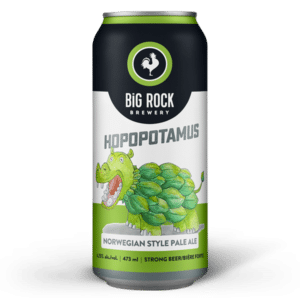
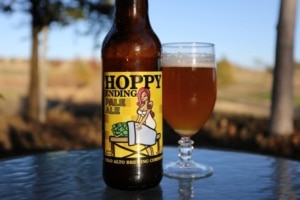


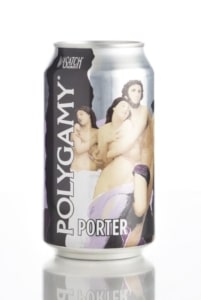
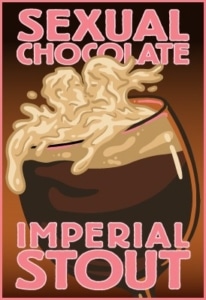
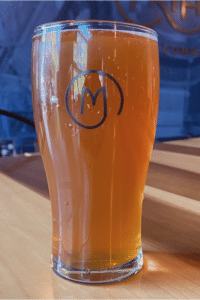

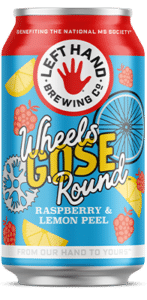

 “Imagine moving dirt with a machine while sitting in the comforts and safety of an airconditioned office. No more all-day full-body vibrations. Coffee in hand, you’ll soon be digging a hole 2,500 (or more) miles away with the new Cat® Command station. Cat.com Link: Cat Command for Construction Video: Cat Command Promotional Overview”
“Imagine moving dirt with a machine while sitting in the comforts and safety of an airconditioned office. No more all-day full-body vibrations. Coffee in hand, you’ll soon be digging a hole 2,500 (or more) miles away with the new Cat® Command station. Cat.com Link: Cat Command for Construction Video: Cat Command Promotional Overview” Aido is the next generation modular Service Robot specifically designed for Households, Hospitality , Healthcare. Featured by Disney, Forbes, PopSci, IEEE, BCG, Discovery, Mashable, T3, and more. We use complex mechanical designs with state-of-the-art electronics, scalable architecture, and, artificial intelligence with advanced manufacturing.
Aido is the next generation modular Service Robot specifically designed for Households, Hospitality , Healthcare. Featured by Disney, Forbes, PopSci, IEEE, BCG, Discovery, Mashable, T3, and more. We use complex mechanical designs with state-of-the-art electronics, scalable architecture, and, artificial intelligence with advanced manufacturing. The Arduino Oplà IoT Kit is for anyone trying to make their home or office just a little bit smarter. The kit is an edge-to-cloud IoT system that’s backed by helpful tutorials and getting-started projects (e.g. smart thermostat, smart lighting, smart garden etc) that will have you automating your home in no time.
The Arduino Oplà IoT Kit is for anyone trying to make their home or office just a little bit smarter. The kit is an edge-to-cloud IoT system that’s backed by helpful tutorials and getting-started projects (e.g. smart thermostat, smart lighting, smart garden etc) that will have you automating your home in no time.

 In our
In our